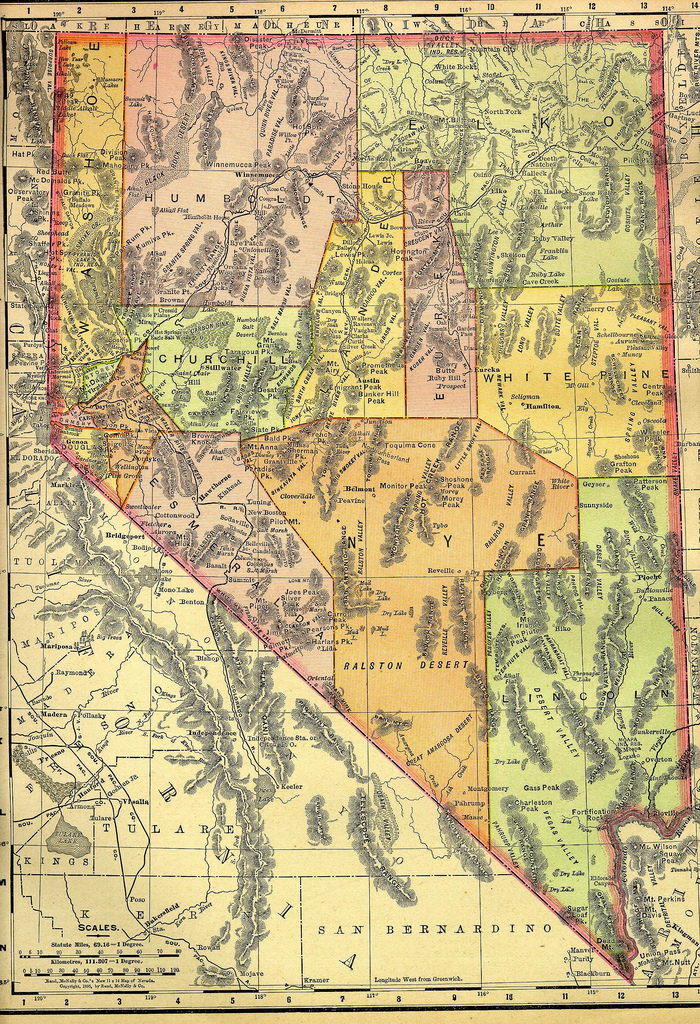Economy Watch: Nevada Edges Out Michigan for Highest Unemployment
In May, the BLS said, Nevada reported the highest unemployment rate among the states, 14 percent. Michigan's unemployment rate is 13.6 percent, which represented a 0.4 percent drop for the month. This is the first time since April 2006 that a state other than Michigan has posted the highest rate.
June 21, 2010
By Dees Stribling, Contributing Editor
It isn’t a distinction any of the 49 states that aren’t Michigan want: that is, the unfortunate distinction of having higher unemployment than Michigan. According to the Bureau of Labor Statistics, however, that’s exactly where Nevada finds itself.
In May, the BLS said, Nevada reported the highest unemployment rate among the states, 14 percent. Michigan’s unemployment rate is 13.6 percent, which represented a 0.4 percent drop for the month. This is the first time since April 2006 that a state other than Michigan has posted the highest rate.
Twelve states recorded jobless rate decreases from April, the largest of which were in North Carolina and South Carolina (down 0.5 percentage points each) and Illinois and Michigan (down 0.4 points each). The remaining 38 states registered jobless rates that were not measurably different from those of a month earlier, though some had changes that were at least as large numerically as the significant changes.
For instance, the largest month-over-month job gains occurred in Texas (up 43,600), followed by California (up 28,300), New York (up 21,000), Virginia (up 20,300), and Pennsylvania (up 19,500).
Consumer Sentiment Indices Forecast Spending Patterns: Atlanta Fed
According to the Federal Bank of Atlanta, forecasts of consumer consumption made using consumer sentiment indices–the Conference Board’s Consumer Confidence Index and the Thomson Reuters/University of Michigan’s Index of Consumer Sentiment being the big two among such indices–have been more accurate in recent years. Specifically, the bank says that consumer sentiment has been a more accurate predictor of spending since 2003 than before it.
What gives? Not sure, the bank said. “It remains an open question why these measures of consumer attitudes have become more useful in recent years,” it noted in a statement on Friday. “A statistical anomaly, greater or more accessible news coverage of the economy, and a generally more aware public are all possibilities.”
And will the indices remain a reliable guide to consumer spending? We’ll see, said the bank. “If it is just luck, then time will eventually overturn the result,” the bank explained. “But if these consumer attitude indicators have become a more useful summary of a wide variety of developments in the economy, then their forecasting power will persist.”
Personal Income is Improving, Mostly
Consumer sentiment, which has indeed been more positive lately, isn’t off the mark, according to the Bureau of Economic Analysis. Personal income growth by state averaged 0.9 percent in the 1Q10, up from 0.5 percent in the 4Q09, noted the BEA on Friday. The last quarter of 2009 was the first time personal income grew at all since the Panic of 2008 (3Q08, that is).
The industry making the largest contribution to first-quarter personal income growth nationally was health care. The waste management industry and the military made the next largest contributions. The military received a 3.4 percent pay raise in the first quarter, while federal civilian workers received an average 2 percent increase. Construction and real estate earnings continued to fall, however.
Wall Street bounced around a lot on Friday, but finally settled in positive territory, with the Dow Jones Industrial Average edging up 16.47 points, or 0.16 percent. The S&P 500 was up 0.13 percent and the Nasdaq gained 0.11 percent.








You must be logged in to post a comment.